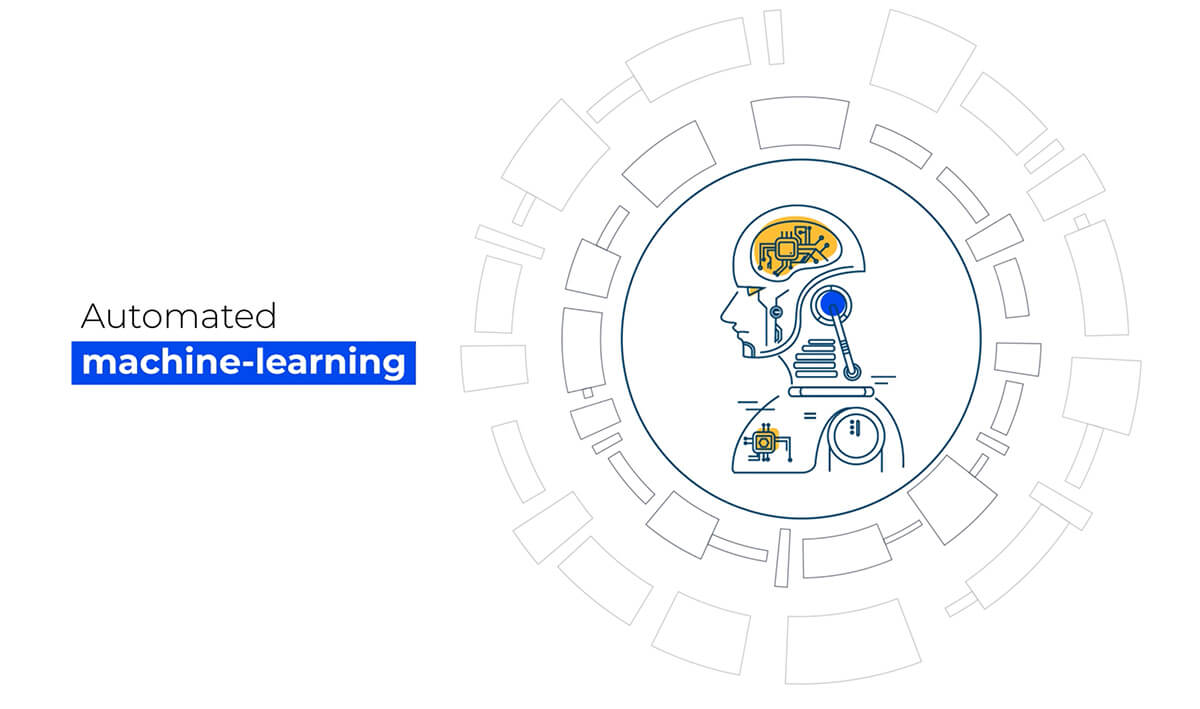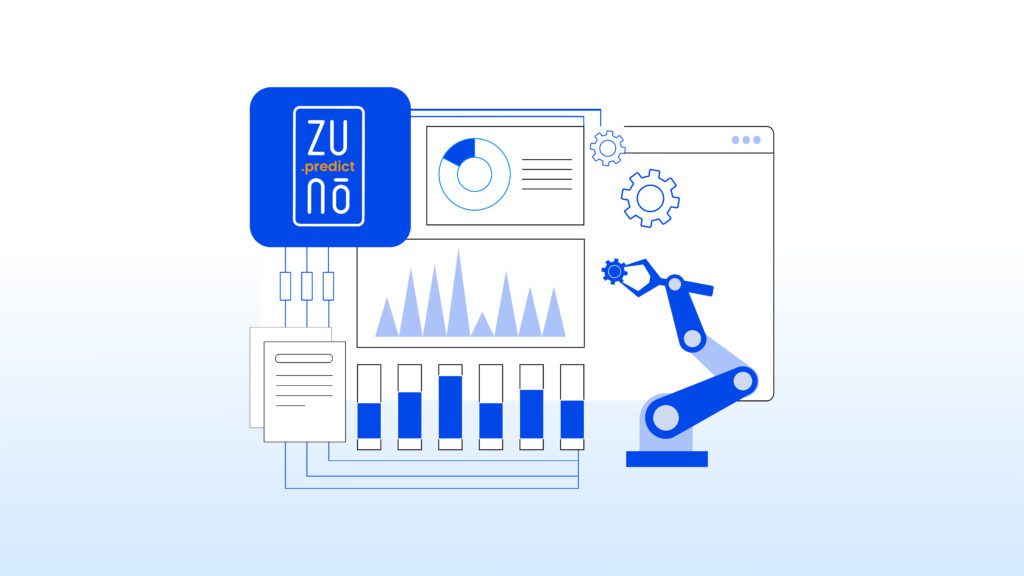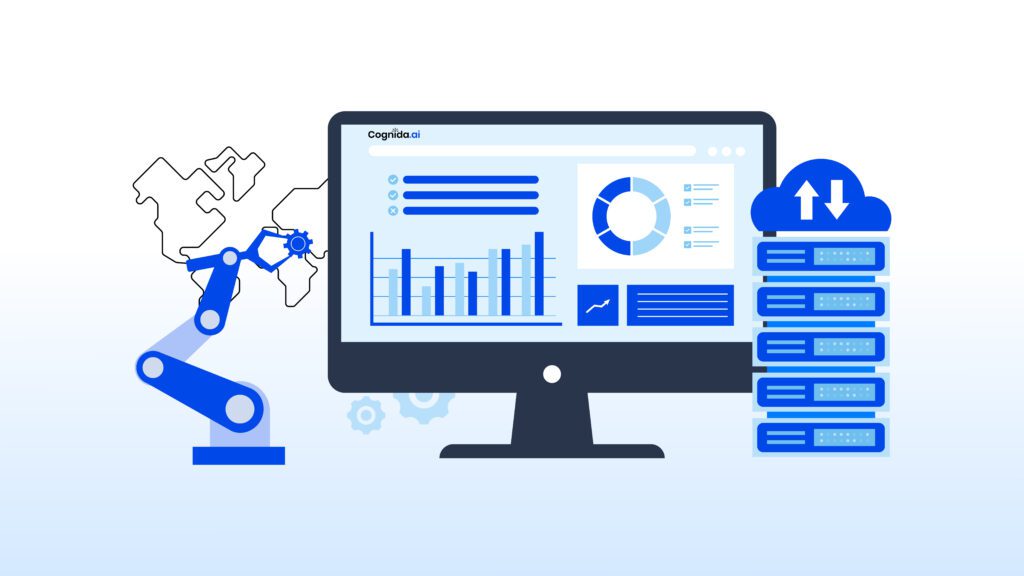A robust ML platform that analyzes structured data, enabling predictive analytics and clustering with minimal human intervention. It compresses data-to-insights-actions timelines, providing efficient machine learning capabilities. Businesses benefit from rapid insights, accelerating from months to days, and unlocking valuable information for informed decision-making.
Practical approach to Machine Learning
Zunō.predict was built ground-up to address these very real challenges. With proprietary algorithms such as SignalFactory and SignalFilter, Zunō.predict automates feature engineering and works very well in dynamic environments.
Rethinking every part of the model-building lifecycle
Proprietary algorithms
SignalFactory and SignalFilter – that are automating feature engineering and functioning very well in dynamic environments.
Iterative workflow
a very intuitive workflow which is allowing users to inject feedback into the machine, hence, collapsing cycle times.
Automation constructs
pre-built recipes and macros, so that repetitive work can be automated with a single-click.
API-first design
specifically to address integration complexity.
Automate the full model-building lifecycle
Data preparation
Zuno.predict’s extensive EDA capabilities help you understand the data – warts and all – very quickly. You also getting recommendations on how to clean your data – all of which you can experiment with, and save for later use.
Feature Engineering
Zuno.predict uses our proprietary SignalFactory and SignalFilter suite of algorithms to automatically build, test and validate a vast number of hypotheses for any problem, thereby completely automating feature engineering and discovery.
Models
Zuno.predict automatically selects most appropriate algorithms from a curated set based on the problem that’s being solved and the data.
Integration
The platform is completely HTTP/JSON API-based, which makes integrations into any workflow a breeze.
Zunō.predict addresses the Complete Machine Learning lifecycle
The platform automates the full model-building lifecycle, including data preparation, feature engineering, and action-engine for predictions and recommendations, as well as self-learning capabilities to keep updating the predictive models.
What makes it tick?
Under the hood, Zunō.predict’s core is the SignalFactory and SignalFilter suite of proprietary algorithms. SignalFactory builds potentially thousands of signals hidden in the data using algorithms, representing the complete universe of potential hypotheses in the data. SignalFilter then filters the most powerful signals to build a model. This approach ensures that complex non-linear interactions between signals are also picked up. A power user can still build more complex models by ignoring certain signals or by considering only a subset of the data.
Deploying Zunō.predict
Zunō.predict is completely containerized and can be deployed anywhere. Use it on Cognida’s cloud, in an on-premise VM, or in your Kubernetes Cluster.




